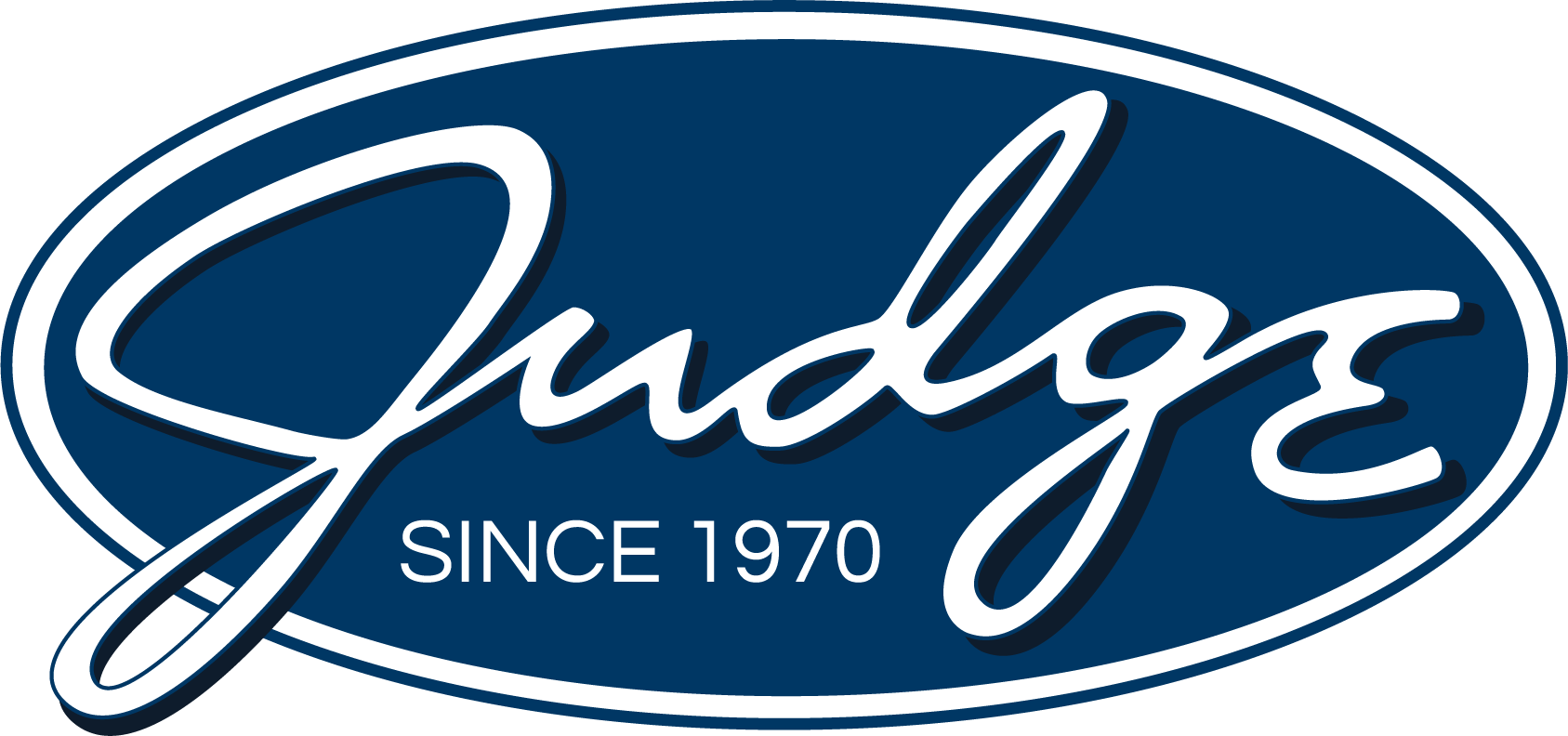Build vs Buy: The ROI on building up your employees
Upskilling and reskilling employees are cost-effective strategies to fill skill gaps and retain current employees in lieu of hiring new ones. In this three-part blog series, we’re discussing upskilling and reskilling, and their many benefits to businesses.
Click here to read part one, Investing in Upskilling and Reskilling to Retain Talent.
On its face, hiring (buying) new employees might seem the most efficient way to fill necessary skill gaps. However, as the market for quality candidates tightens, finding candidates for skilled positions is becoming increasingly more difficult.
Luckily, there is an alternative to hiring in this case.
In this second installment of our series, we discuss the return on investment (ROI) of upskilling and reskilling your employees.
Upskill and reskill employees to advance your business
By upskilling and reskilling employees, you can build up your employees and propel them forward, empowering them to advance their careers with your business. According to PwC, 74% of global chief executives said they were concerned about the availability of key skills among their employees. However, many executives don’t know how to fill skill gaps effectively and may be hesitant to invest in upskilling programs without any guarantee of success. Yet, time and time again, we see that companies that do invest in and undertake upskilling and reskilling programs benefit exponentially from a happier and higher-skilled employee pool.
Training plays a vital role in how your company approaches change, new markets, and longevity. By aligning business goals with the career goals of your employees, your company will benefit from the development and advancement of your employees. While you may still experience some turnover, overall, higher rates of employee retention and happiness improve employee morale – and your bottom line.
Encourage development among employees
Some of the most effective training and skill development programs are presented as company-wide initiatives that encourage interaction between employees. These programs can teach both critical and soft skills.
Organizations can teach soft skills and related concepts through expertly crafted workshops, scenario-based learning modules, and group trainings on topics such as the following:
- Design and creative thinking
- Service design
- Change management
- Agile project management
- Leadership development and team management
- Empathy, ethics, and inclusion
The ROI on upskilling your workforce
A Korn Ferry analysis estimated a global talent deficit of 85.2 million workers by 2030, resulting in a skills shortage estimated to cost $8.452 trillion in unrealized annual revenue. The talent shortage is a very serious issue – dramatically increasing the value of every employee hired. ADP suggests you look at part of your business’s investment portfolio by viewing employees as human capital. The ROI on each employee increases as you invest more in their growth. Building your team and advancing their knowledge and skills will propel your business further than if you were to simply buy new talent every time you have a need – as buying talent is expensive and time-consuming.
Buying a team is cost inefficient
According to a report by the Society for Human Resource Management (SHRM), it costs employers an average of $4,129 and takes an average of 42 days to fill an open position. Following is a list of some factors that can impact the costs of recruiting, hiring and onboarding a new employee:
- Human Resource teams
- External recruiters
- Job postings/advertisements
- Candidate screenings
- Background checks
- Compensation
- Corporate equipment and credentials
- Referrals
In addition to these costs, according to a Training Magazine report in 2018, companies spend an average of 46.7 hours training an employee. This time, on average, costs an additional $986 in training expenses, a number that would be closer to $1,500 today.
In order to break even on the hiring and training investment, Harvard Business School states an employee would need to stay with a company at least six months to break even. After six months, an employee should have enough training and institutional knowledge to add value to an organization – though it can take longer depending on the job and the industry. In today’s job market, some new employees aren’t staying a month, much less six months.
Harness talent to build advanced skills and decrease costs
Ultimately, by harnessing the talent you already have, you can decrease the costs associated with buying talent. Buying talent is expensive, and while building talent through training and skill development does have a cost, with an effective program the investment will reap solid ROI – far more than the average cost of buying a new employee.




